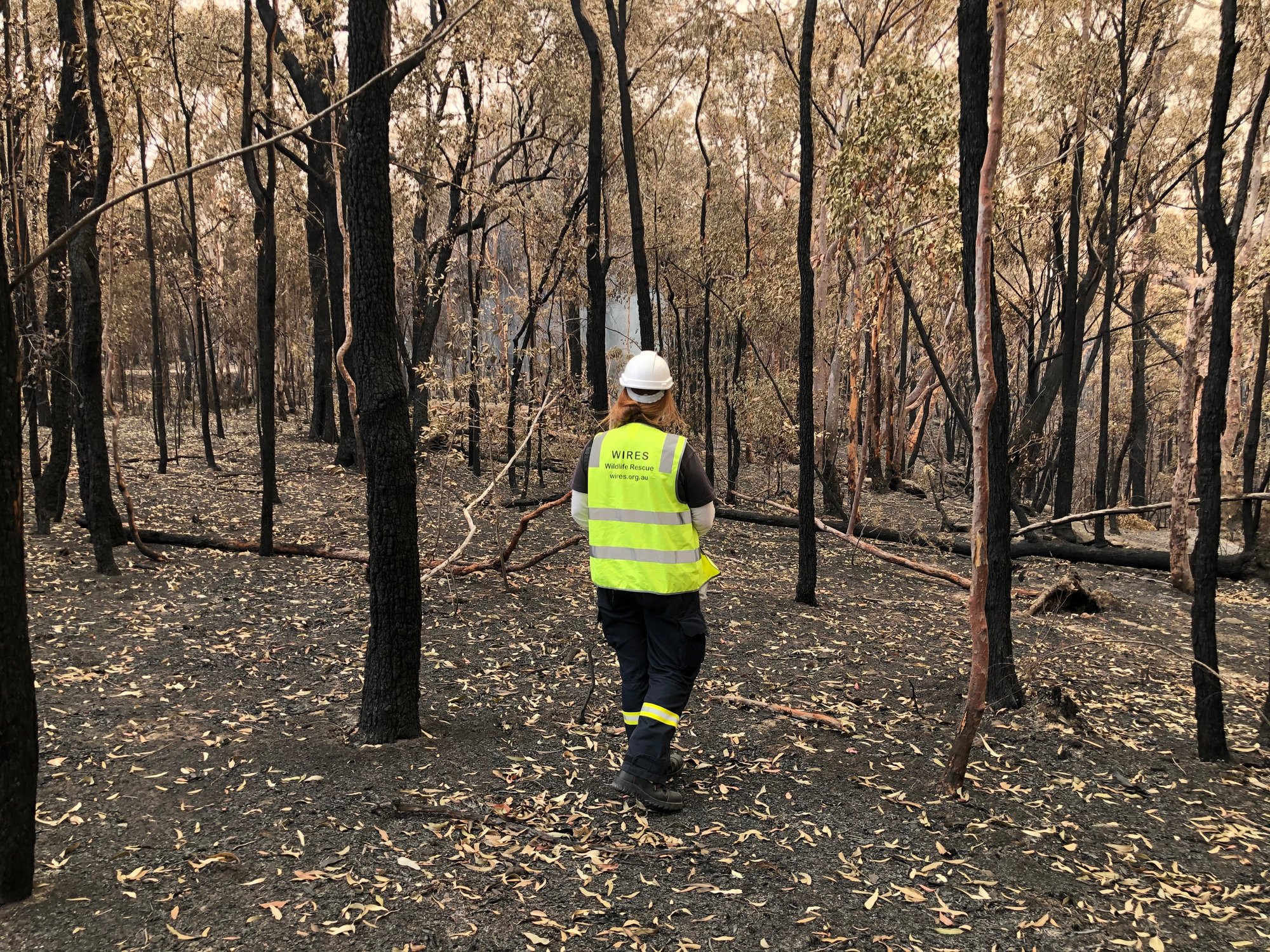Emergency
Rescue Advice
- Home
- What We Do
- Emergency Response
- Emergency Rescue Advice
Emergency Advice
If you have found a sick, injured, or orphaned native animal and need rescue advice and assistance, WIRES Rescue Office can be contacted 24/7 at 1300 094 737, or you can Report a Rescue online.
Please follow the advice below and use these links for regional rescue contacts and marine mammal rescues.
Stay Safe
DO NOT APPROACH snakes, monitor lizards (goannas), bats (flying-foxes or microbats), large macropods (kangaroos or wallabies), adult wombats, koalas or raptors (eagles, falcons or hawks).
These animals require specialist handling and MUST be rescued by trained wildlife rescuers. If you are unsure of the species check the links above. Please monitor these animals from a safe distance and call for assistance.
Keep the animal safe
Please remove any threat to the animal, including keeping all people and pets away. If you are unsure if an animal needs rescue assistance, particularly chicks in spring, please speak with our team for advice.
Containing animals for rescue or vet transport
Sick or injured animals need to be vet assessed before coming into care. It is critical to get sick or injured wildlife vet treatment as quickly as possible, and most vets will accept wildlife free of charge.
- If the animal is safe to contain (e.g. birds that are not birds of prey, lizards and turtles, or possums), place a towel, pillowcase, or blanket over it, gently pick it up and place it into a well-ventilated box or carrier, lined with a towel, and with a secure lid to prevent escape.
- Carefully transport the animal to the nearest vet, or keep the animal in a dark, quiet place if you are waiting for a rescuer. Do not give the animal any food or water unless instructed to by a vet or WIRES.
- Please call vets to let them know you are coming. If you let WIRES know which vet you’ve taken the animal to, WIRES can follow up with the vet to bring animals needing rehabilitation into care.
- Improper rescue can hurt or distress the animal and the rescuer, so please exercise caution when handling wildlife.
- Ensure you are wearing appropriate PPE, including gloves when touching any animal. If you are containing a possum, please take additional precautions by wearing a jacket or long sleeves to reduce the risk of being scratched. After containing animals, please wash your hands or use hand sanitiser.
Natural Disasters
During emergencies, please refer to our specific emergency rescue advice here:

Please Remember
Native animals are protected, and it is against the law to keep native animals taken from the wild. They must be passed on to an authorised carer with a licensed wildlife rescue organisation. As wildlife have very specific diets and care requirements this is also imperative for their welfare. Ensuring animals go to trained rehabilitators ensures the best rehabilitation and release outcomes.
Report a Rescue
For wildlife rescue assistance, please call 1300 094 737 or fill in the Report a Rescue form. All other forms of contact including Facebook are not monitored for rescues.